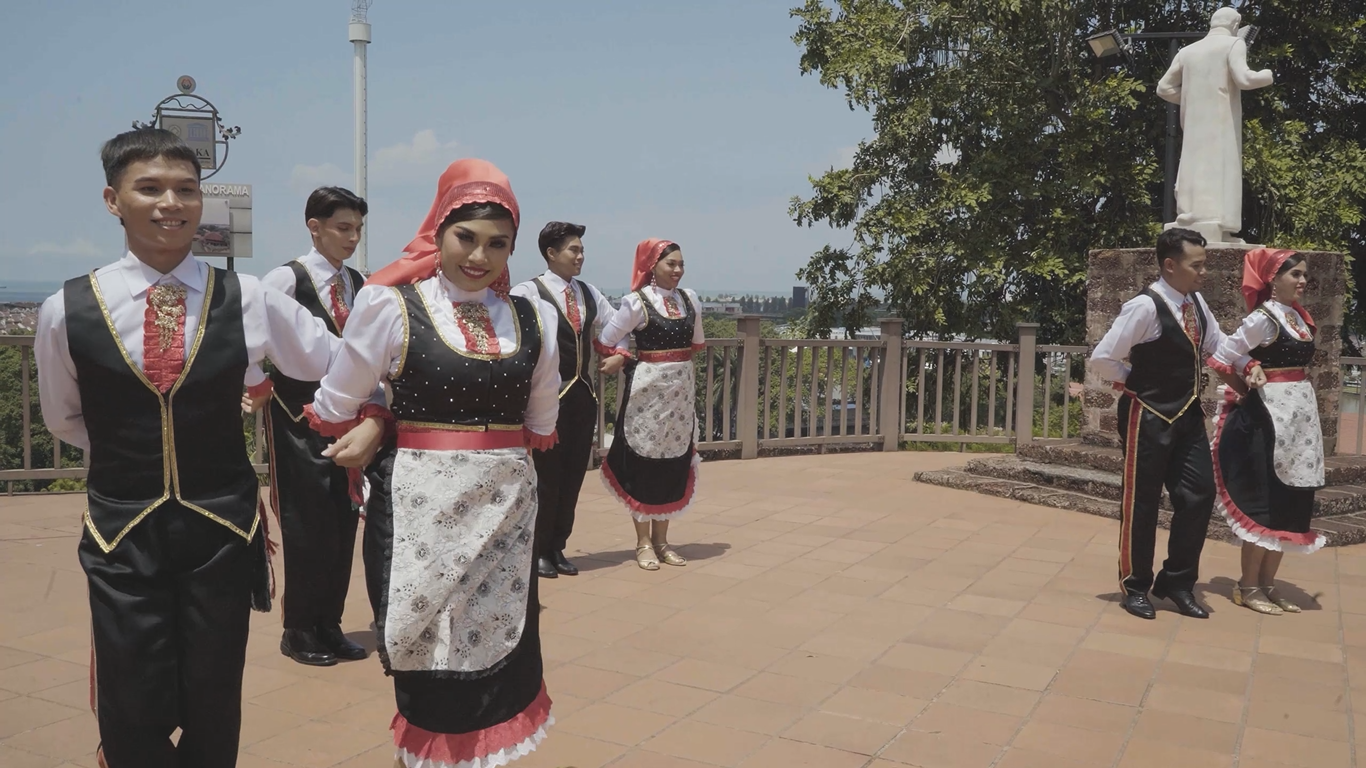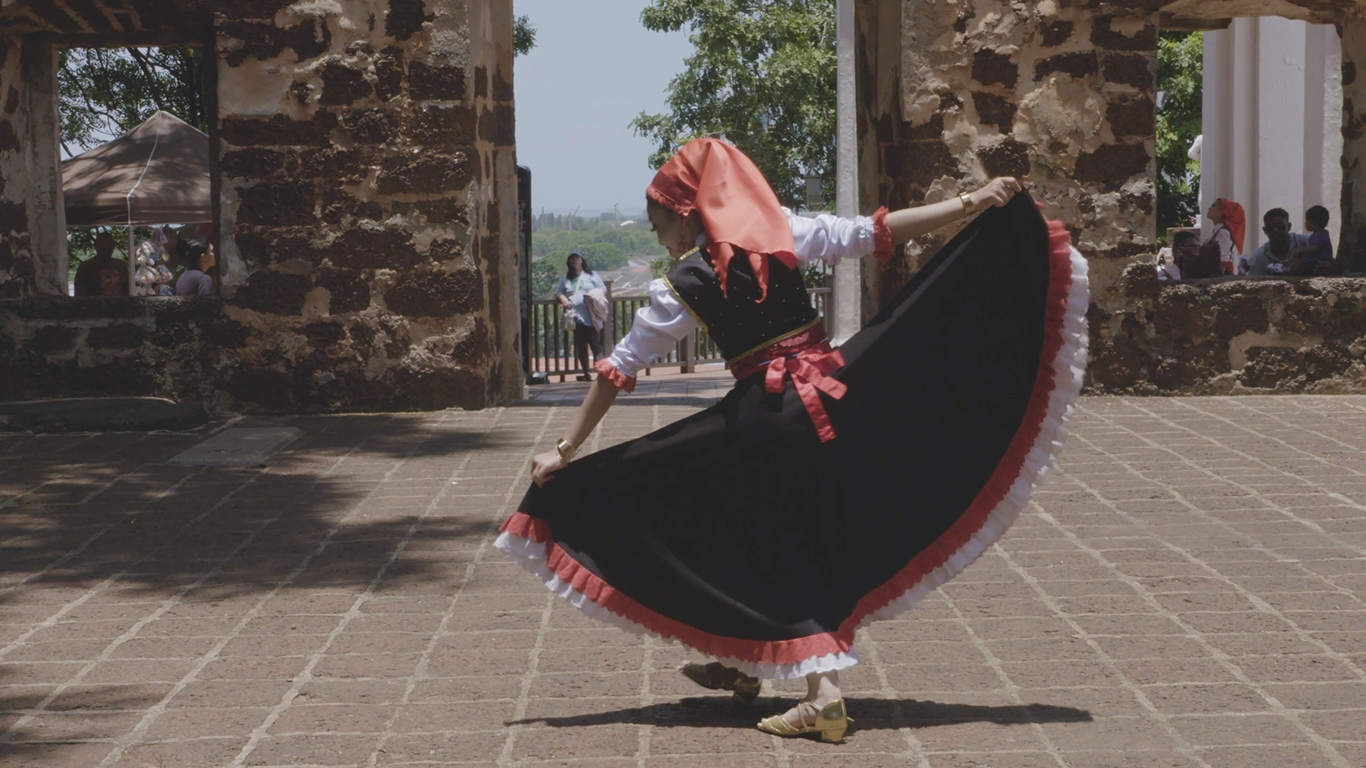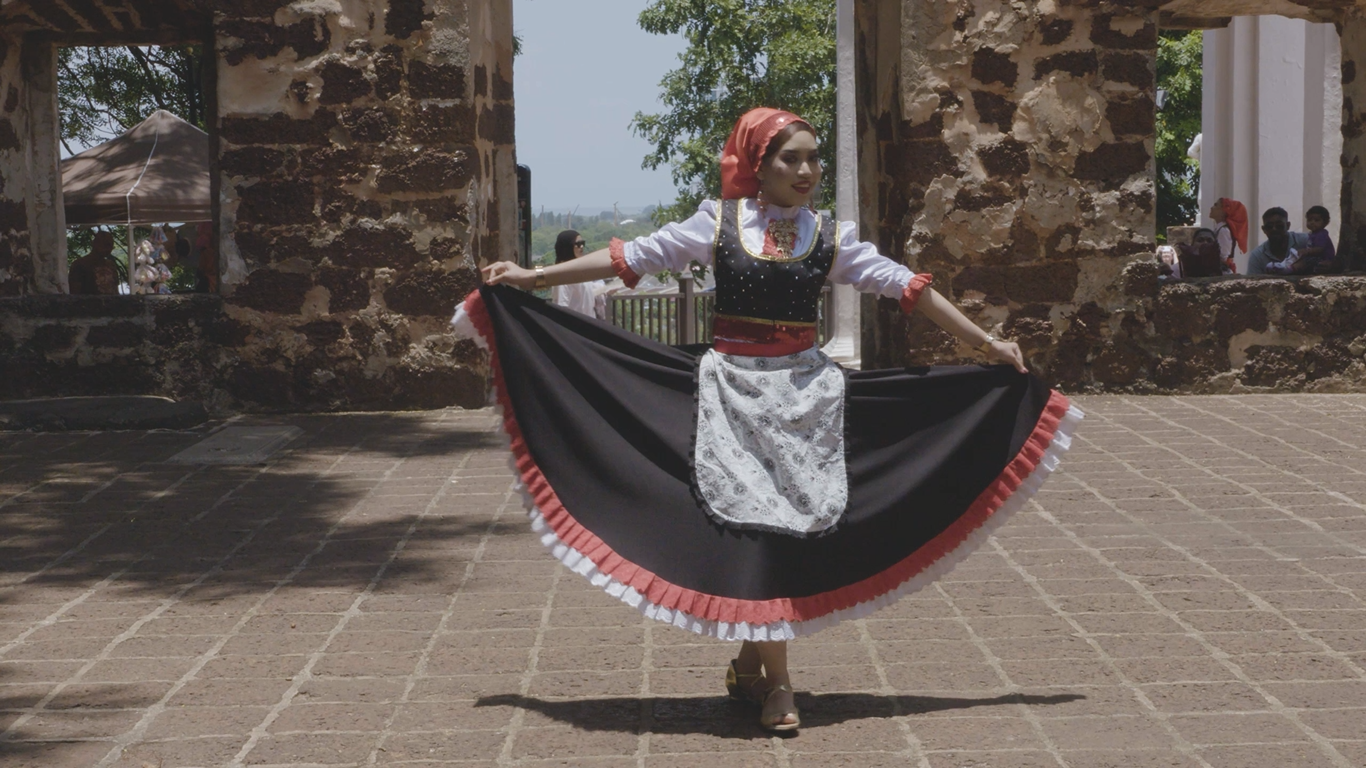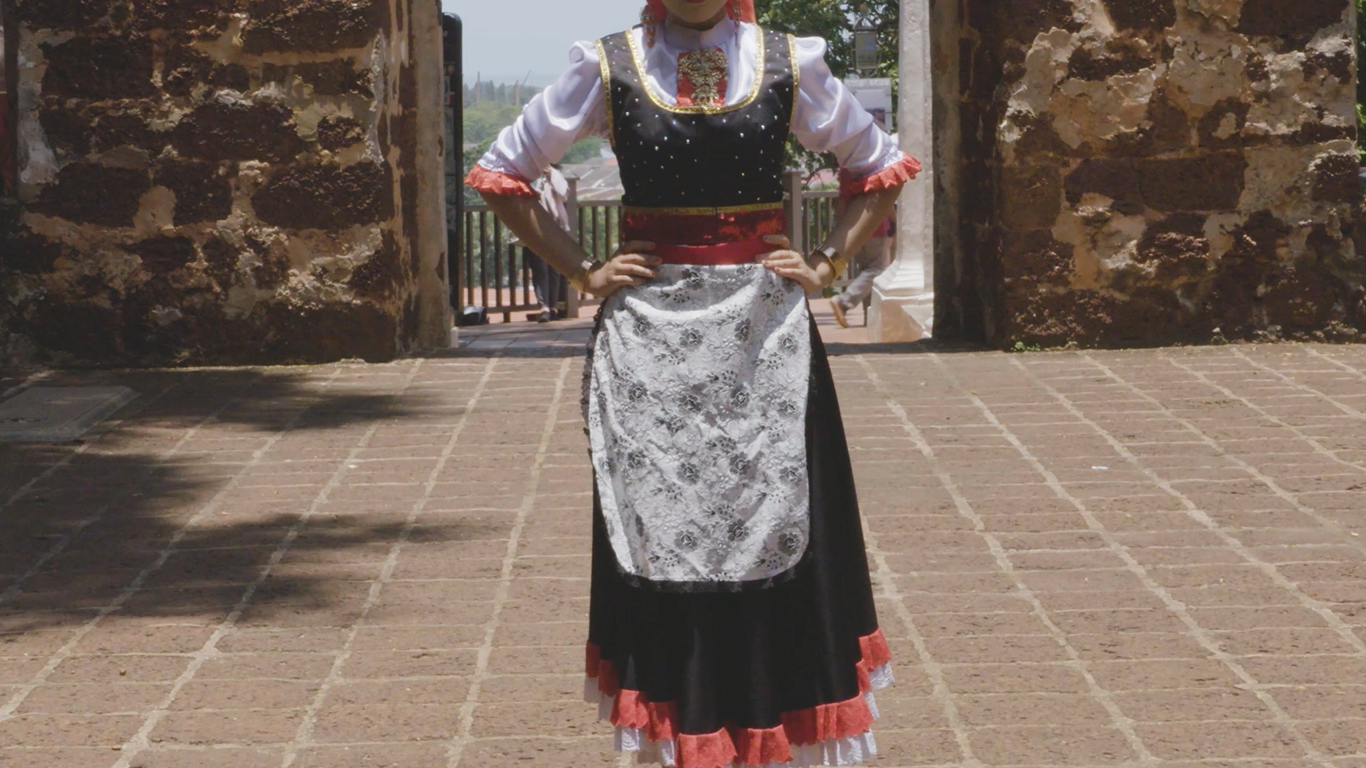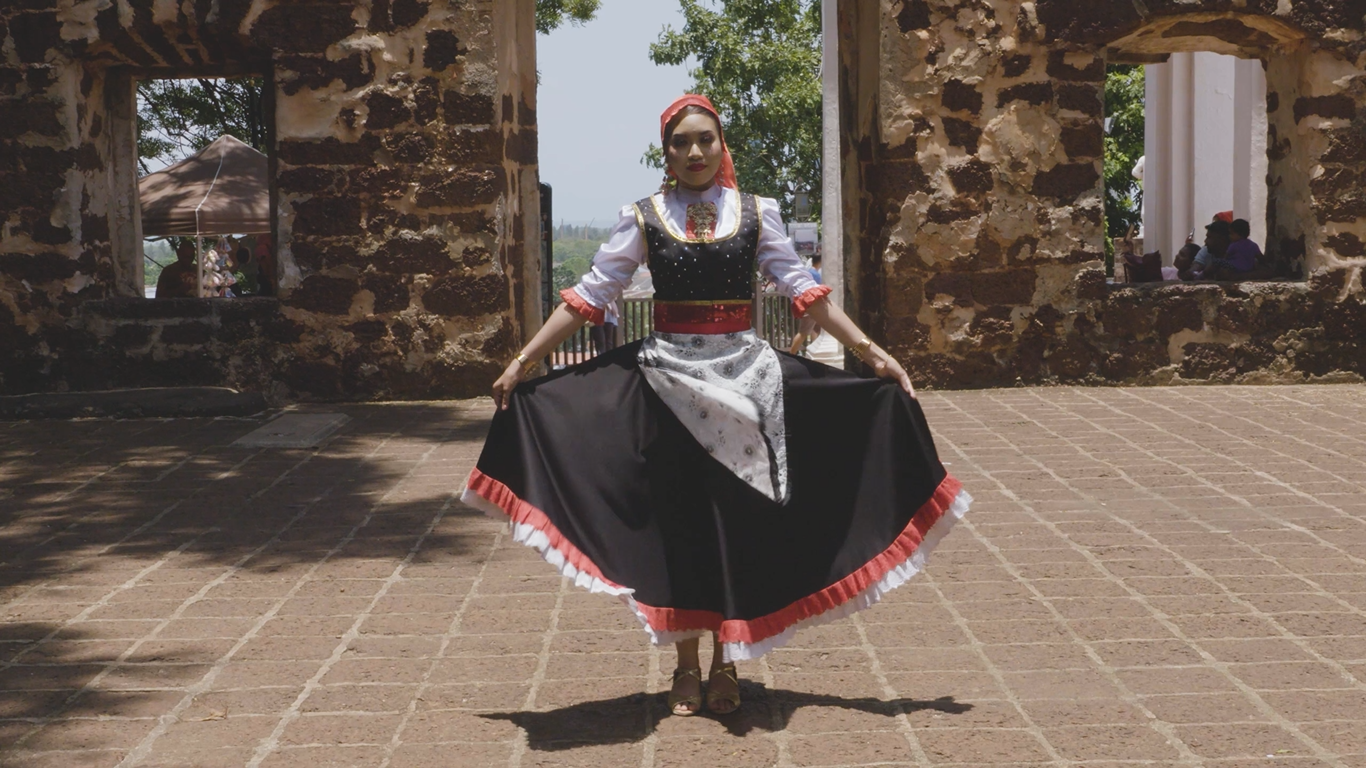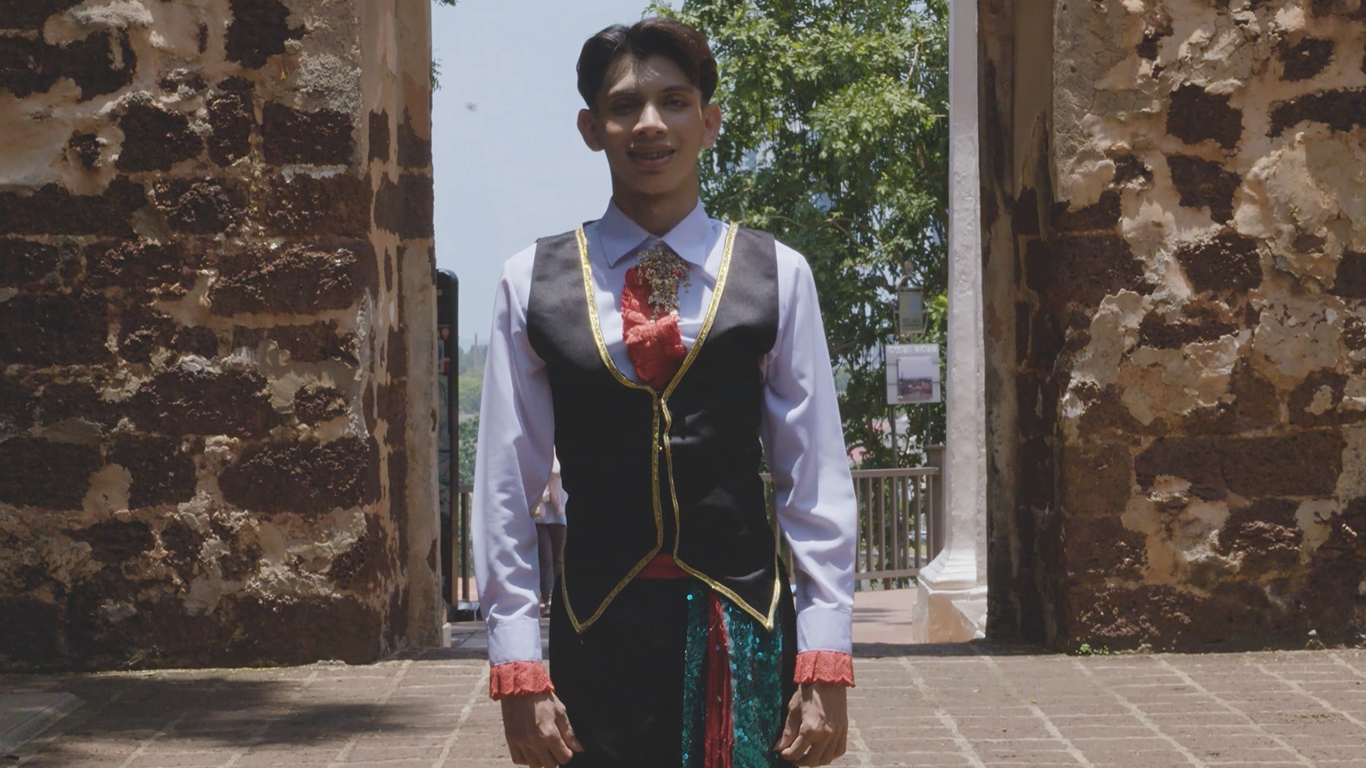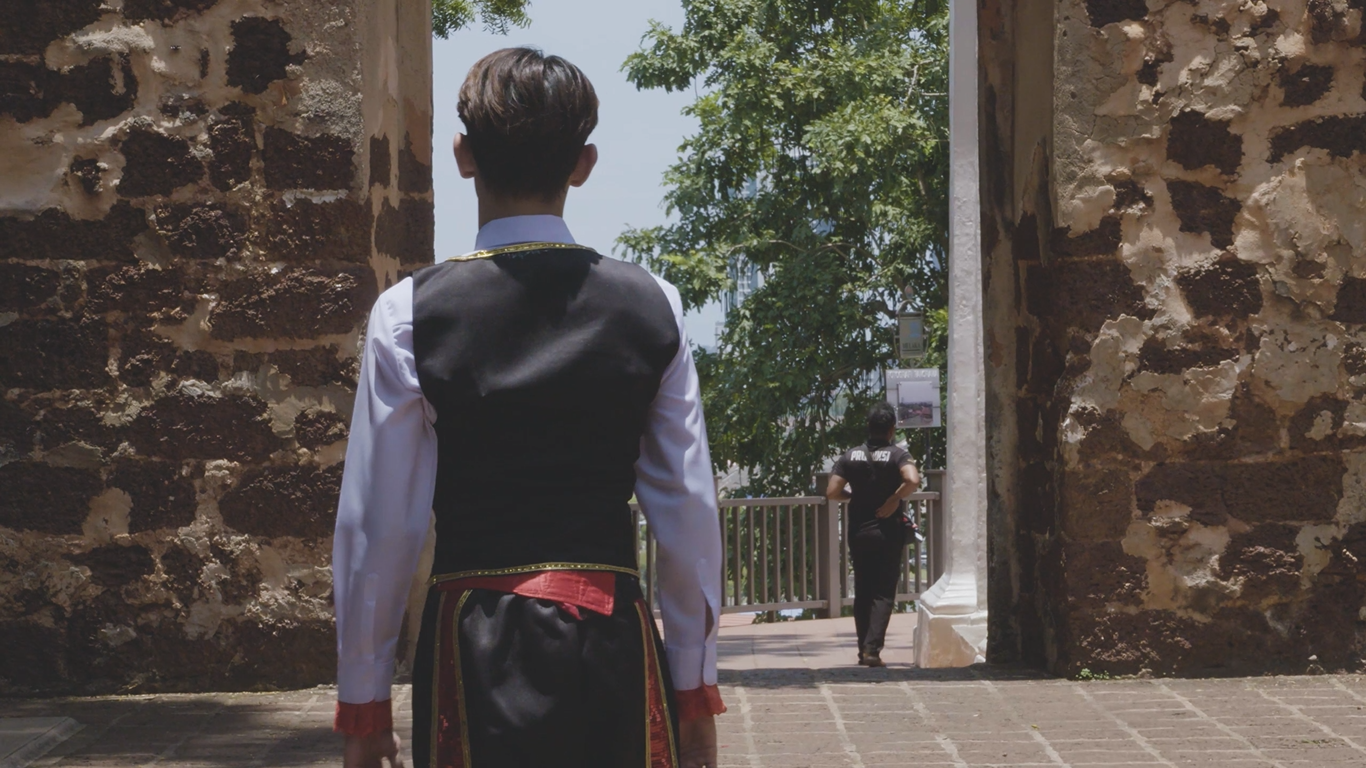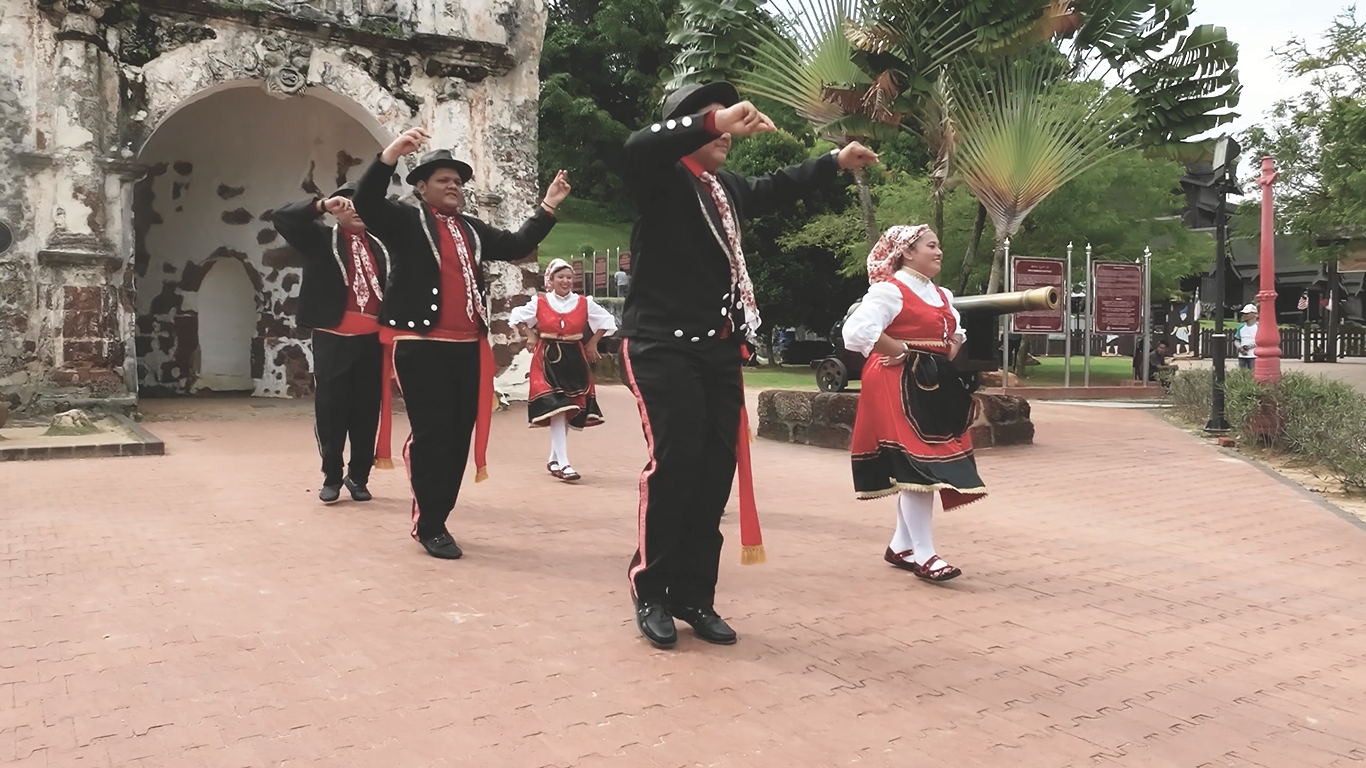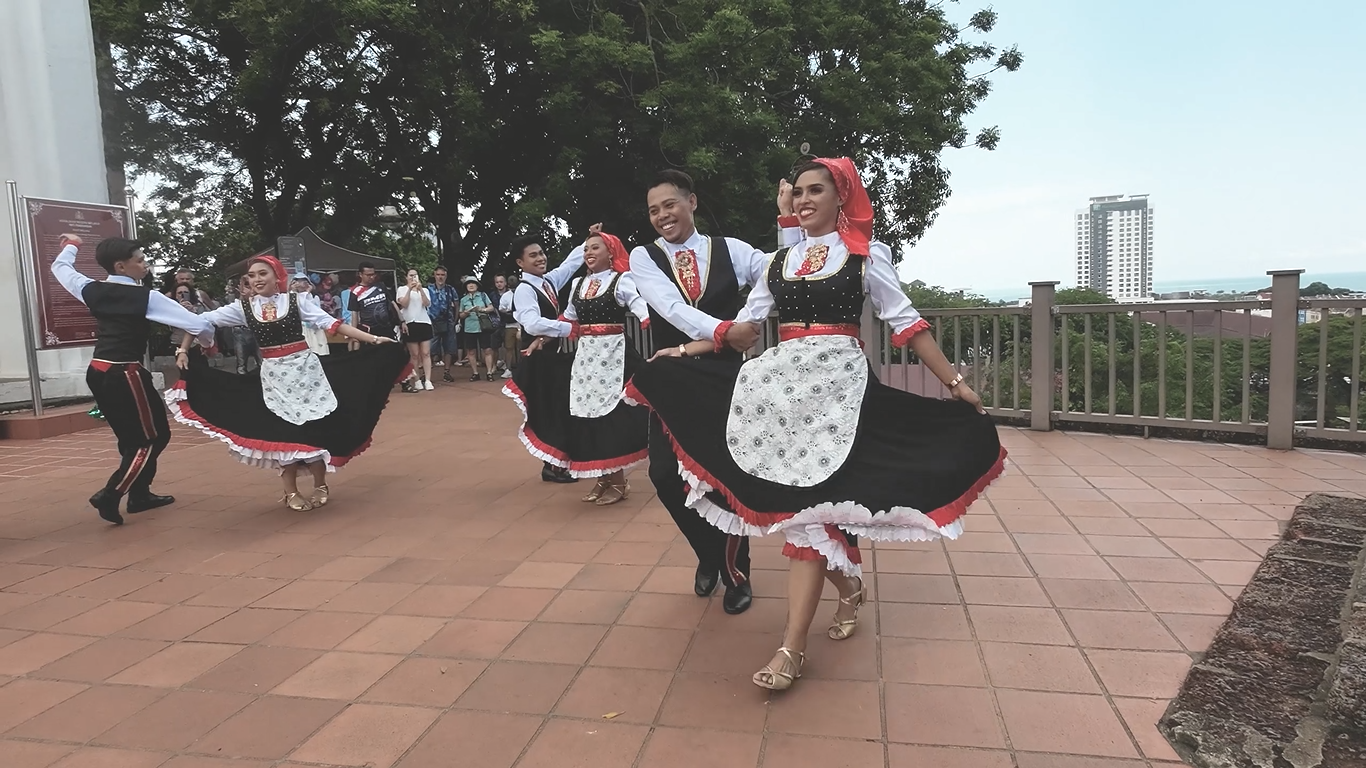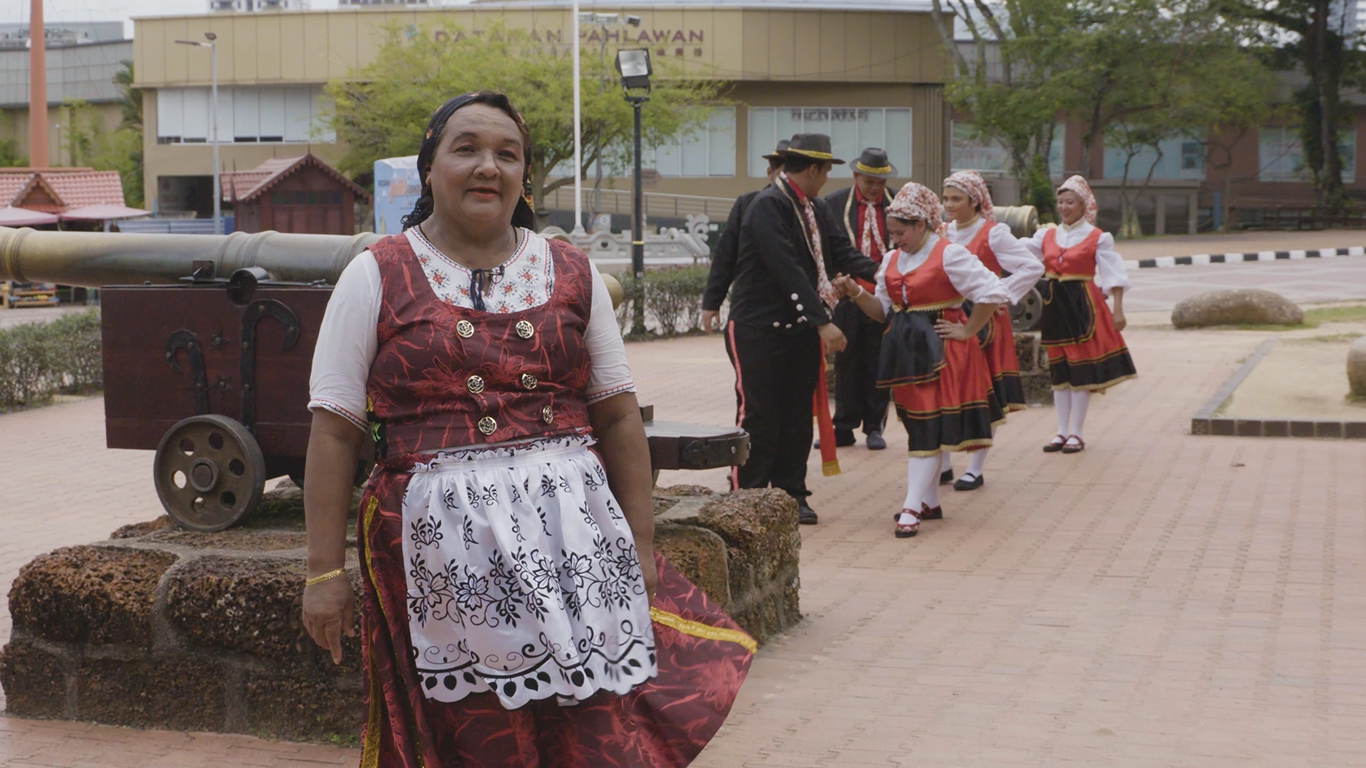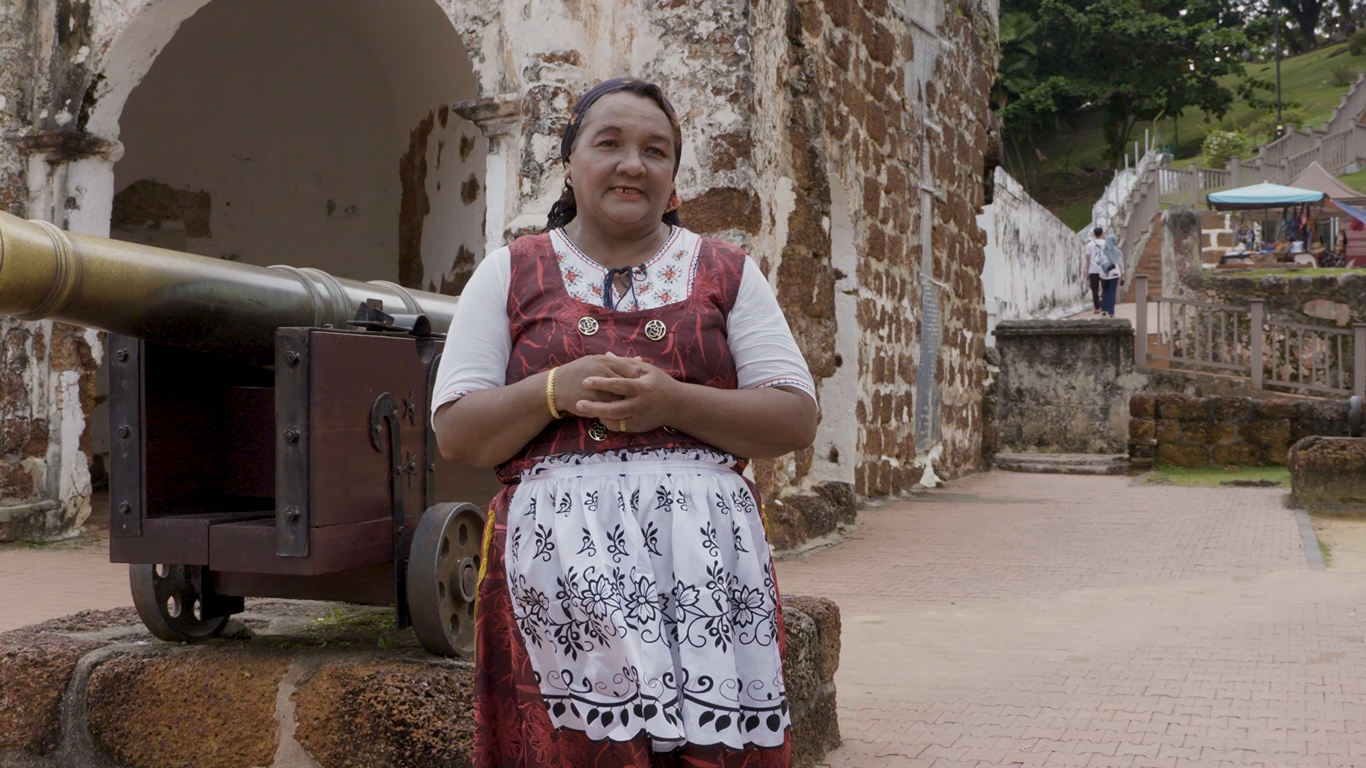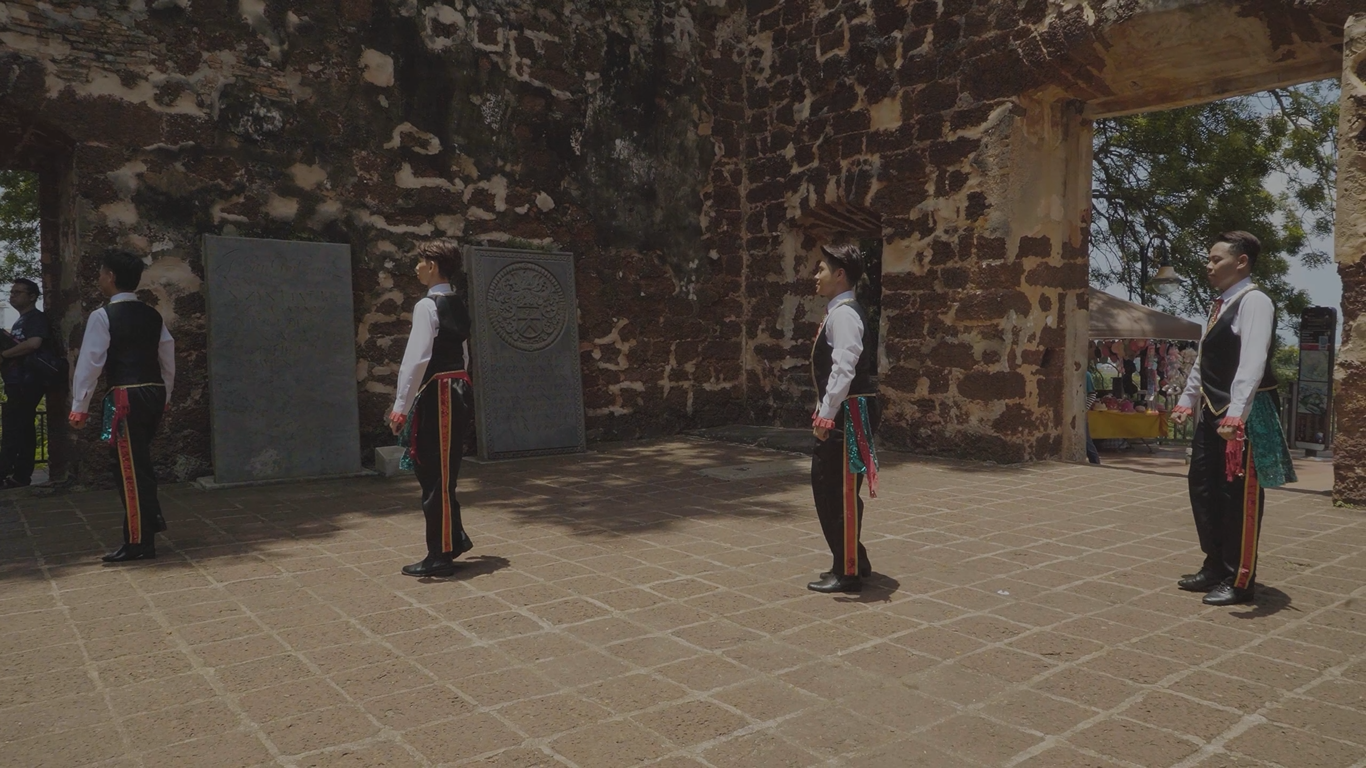ARTS AND CULTURE INFORMATION GATEWAY
Immerse yourself in the colorful world of art and culture! From traditional heritage to contemporary works, discover uniqueness that reflects the nation's identity and identity
TARIAN GOLEK-GOLEK ETNIK PORTUGIS
Picture
22
Video
Available
Today's Visitor
99
Number of Visitors
1079
Introduction and history
Tarian Golek-Golek was created by a Malacca Portuguese musician, Senior Noel Felix, around fifty years ago, inspired by a song called Serampa or Golek-Golek. Golek-golek means 'twirling' in a lively atmosphere, danced in pairs, whose moves and floor patterns are to highlight joy and bliss. The golek-golek song is characterized by the lingo of Malay songs, a symbol of Portuguese and Malay cultures assimilation.
For the unversed, the Malacca Portuguese is a community existing in Malacca since the early 16th century. Initially they came to trade, but later settled here by marrying the locals. As a result, the Portuguese Serani was born. Assimilating the local culture, and being well-received by the locals, their settlement at present is the Portuguese Village of Kampung Ujong Pasir, Banda Hilir, Malacca (Sa'adiah Ma'alip & Rahilah Omar, 2017).
Golek-golek dance functions as entertainment at official government functions and other public events.
This dance costume is called Traje de Portuges Malacca by the locals. A female dancer wears a scarf, a short-sleeved white blouse, a petticoat, a long skirt with ruffles and an apron. While underneath the skirt, she wears a pair of lace-decorated pants up to knee.
Men's clothing is simpler, that is a long-sleeved white shirt, long black pants decorated with gold ribbons on the sides, a polo shirt, a scarf around the neck, a black hat and black leather shoes.
There are also colours to go with, where red is considered a happy version, thus worn by younger women. While blue or green are worn by older women. Blue and green are also worn in times of semi-mourning or grief, such as the absence of loved ones.
The Portugese golek-golek figure is 57-year-old Marina Linda Danker. He has been active championing Malacca Portuguese arts for over 40 years. Among his contributions is educating young dancers by establishing Troupe De Melaka in 2005, which is now known as Troupe De Dom Marina. He has participated in programs such as the Colorful Exhibition of Malaysian Chairs at the Terengganu Museum, Melaka Culture Festival, and the Portuguese Music and Dance Cultural Night Performance at the Dewan Bangsawan, Melaka. Presently, he is active in promoting Portuguese heritage in Malacca and often invited to present performances locally and abroad.
Reference Source
i.
Bahan
Bacaan
Katalog Artis Budaya Kumpulan Kesenian Jabatan
Kebudayaan dan Kesenian Negara, Negeri Melaka. (2020).
Sa’adiah, M. A., & Omar, R. (2017). Penggunaan Kristang sebagai bahasa komunikasi dalam kalangan masyarakat portugis di Melaka.
ii. Tokoh (jika ada temu bual tokoh)
Marina Linda Danker. (2023). Troupe De Dom
Marina. Temubual pada 20 September 2023.
Location
State JKKN Contact Information
Nur Al-Farani binti Rosli
Cultural Officer
Jabatan Kebudayaan dan Kesenian Negara, Melaka
Kompleks JKKN Melaka
Hang Tuah Jaya, Lebuh Ayer Keroh,
75450 MELAKA
06 - 763 6308
Use the form below to contact the Informant/Figure/Editor/Researcher directly. We will respond to your inquiry as soon as possible!

 Perkampungan Portugis, Melaka
75050 Melaka
Perkampungan Portugis, Melaka
75050 Melaka

